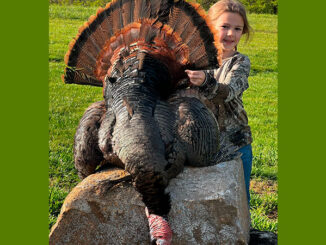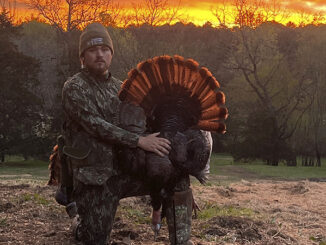
Big western NC river is among best hatchery streams
In considering which North Carolina stream offers the best trout fishing on hatchery supported waters, guide Gene Shuler of Bryson City, N.C., doesn’t hesitate.
“If the good Lord came down and said he was going to make the perfect trout stream, he’d make it the Nantahala (River),” he said. “It’s a tailwater with cold water coming out of the bottom of Nantahala Lake, a freestone stream with limestone rock that has a lot of roiling water that’s perfect for oxygenation.”
Shuler, who runs Fly Fishing the Smokies Guide Service, also said, “The Nantahala has a lot of bug life, the water is clean and clear, it has lots of fish and has good access. And it’s really pretty, what you’d expect a trout stream to be.
“Everybody talks about western (U.S.) trout streams, but I think the Nantahala is just as good.”
Fishermen on hatchery supported streams can use any lures (single or treble hooks), flies, live or other baits (including trout eggs). They may keep seven fish per day of any size.
The N.C. Wildlife Resources Commission raises and conducts multiple releases of brook, brown and rainbow trout from 10 inches and larger in 147 streams and lakes in 25 western counties. About 4 percent of released trout are large brood-stock females.
Robert Lee Dyer caught the state-record brown trout, 24 pounds and 10 ounces, from the lower Nantahala River in 1998.
“(Guides) believe larger browns are in the river now,” said Shuler (828-488-7665).
The Commission annually stocks 10,000 trout at the upper and lower portions of the Nantahala — from Dicks Creek to Whiteoak Creek and from the powerhouse to the Swain County line.
Trout fishermen using spinning or spincast tackle regularly cast small spinners like Panther Martins and Mepps, tiny spoons and jerkbaits and small crankbaits. Ultralight spinning rods and reels spooled with 4- to 6-pound monofilament are the norm.
Fly anglers choose rods in 4- and 5-weight sizes with a weight-forward line, 9 feet of leader and 2 to 3 feet of 5x tippet.
“Every (fly-caster) throws a Wooly Bugger in the spring, but I’ve had better results (at the Nantahala) with a Pheasant Tail Nymph, Girdle Bug, Yellow Stimulator, Light Cahill and especially a little Yellow Sally,” Shuler said.
The Yellow Sally mimics a small stonefly.
“It’s my favorite hatch of the year” Shuler said. “I use (Nos.) 12 to 14 sizes, very small.”
A Yellow Sally nymph works well as a dropper off the back of a dry fly or in a nymph tandem rig.





Be the first to comment